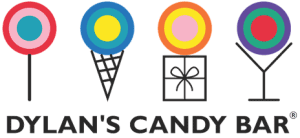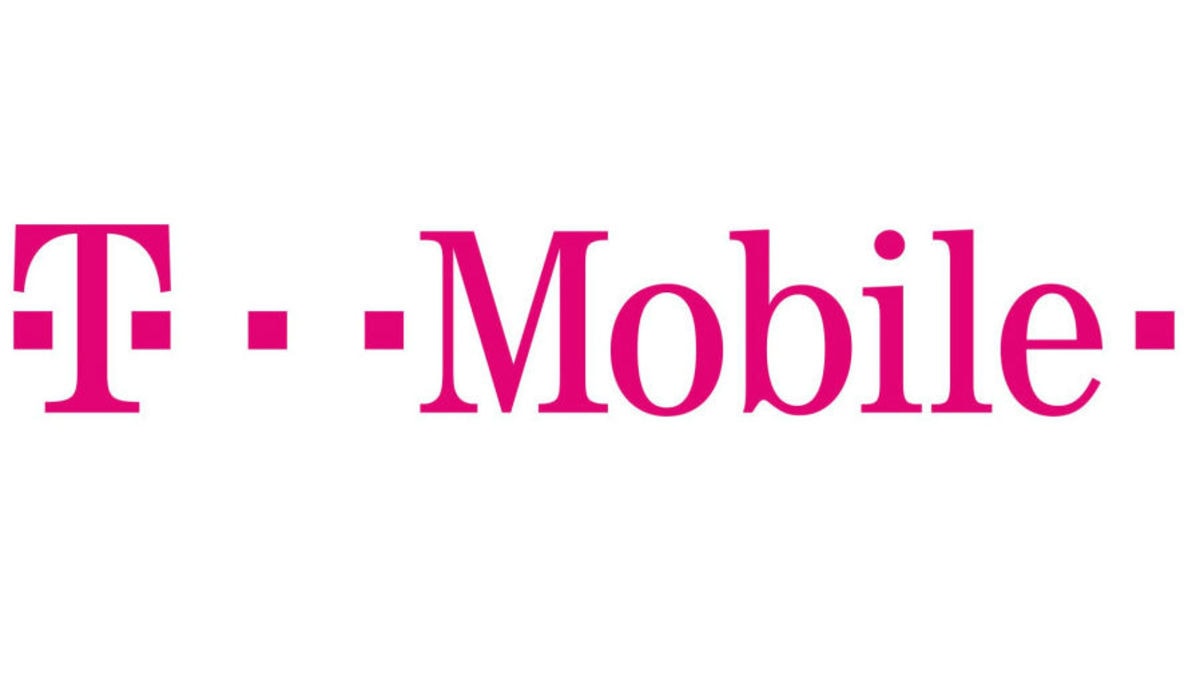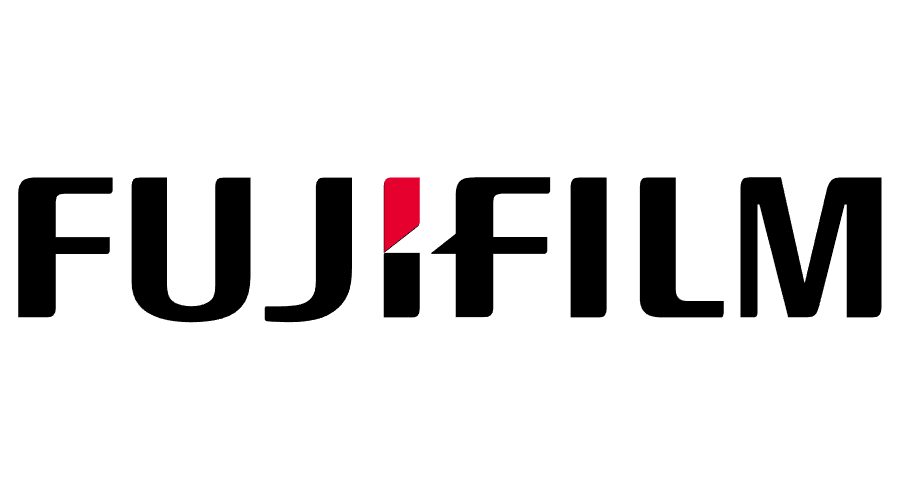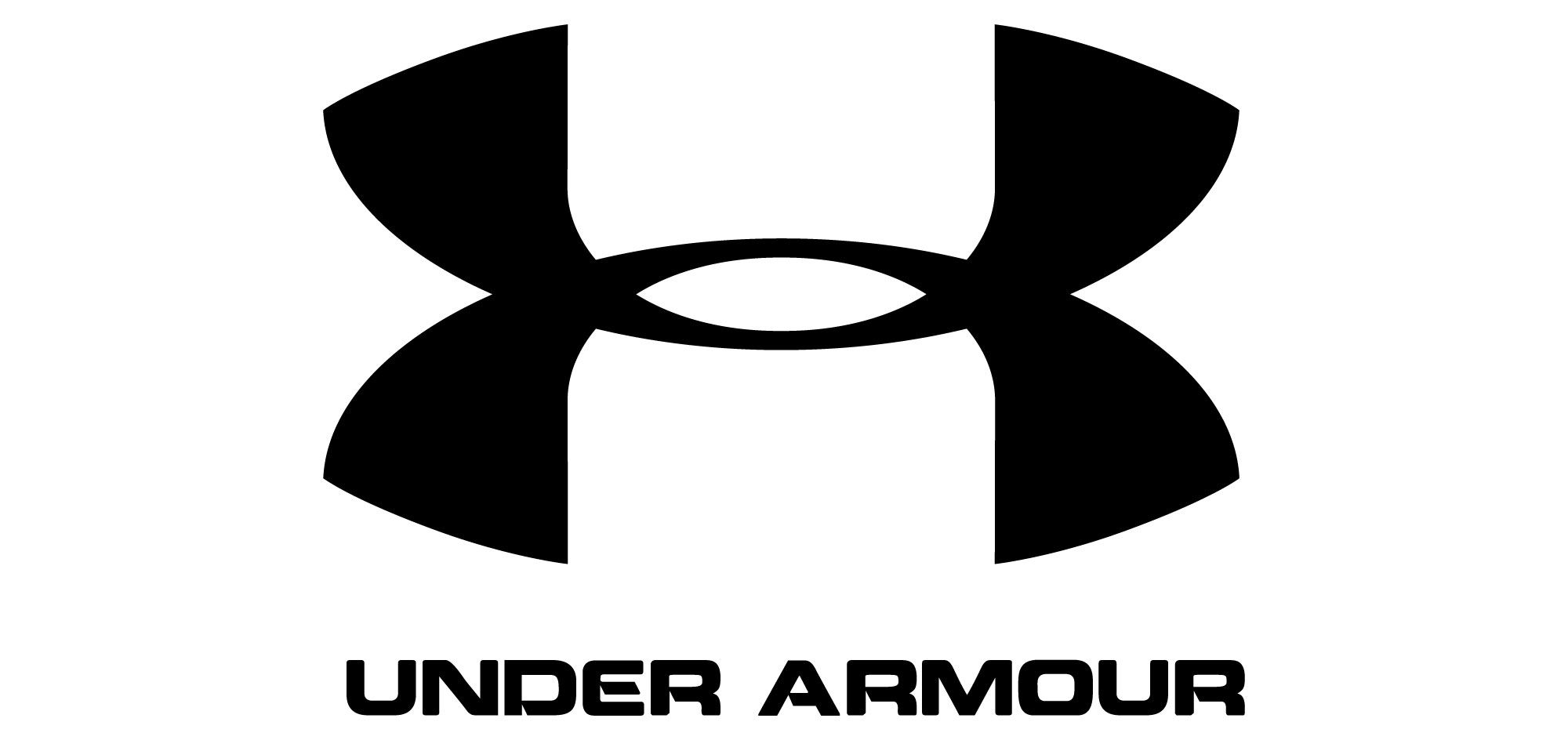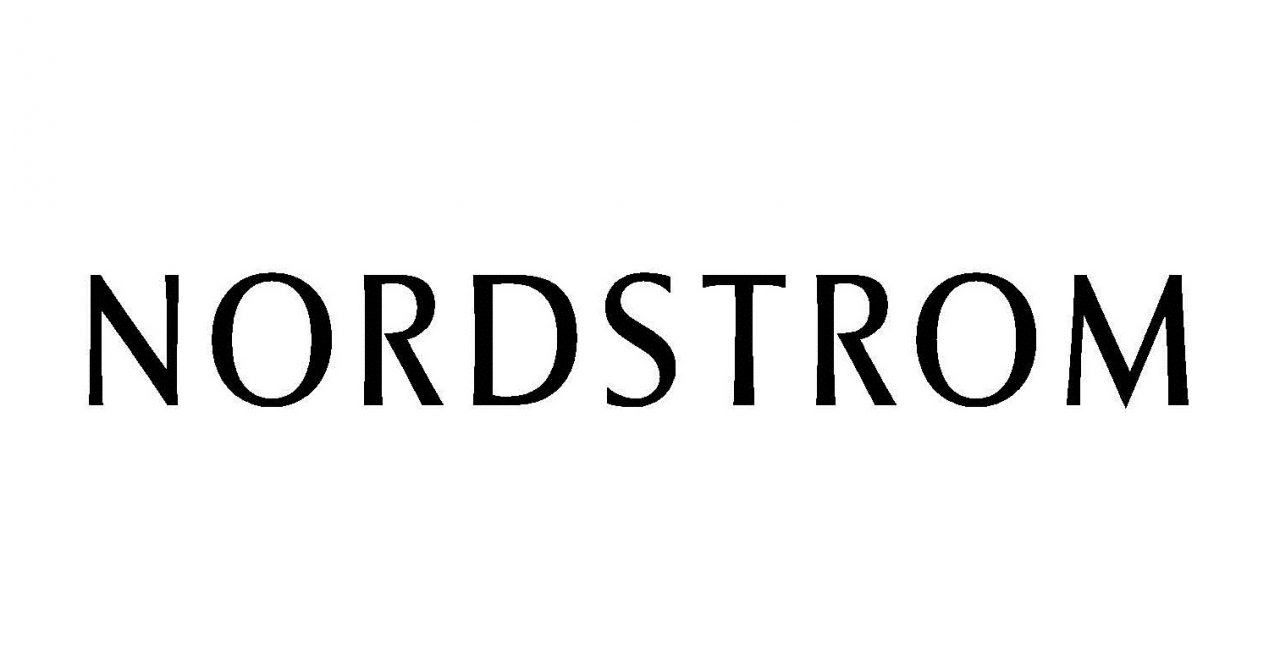Key Takeaways
- A/B Testing Enhances Brochure Effectiveness
A/B testing lets businesses compare brochure designs by distributing them to different audience segments. This method identifies which elements work best, improving engagement and conversion rates. It helps refine marketing strategies based on real customer preferences. - Focus on Single Variable Changes
Modify only one element—like headlines, images, or calls to action—between brochure versions. This isolates the impact of each change, making it easier to determine what improves performance. Testing multiple variables at once can lead to misleading results. - Define Clear Success Metrics
Establish measurable goals, such as response rates or conversions, before testing. Clear metrics create a benchmark to evaluate brochure effectiveness and ensure decisions are data-driven. Without set goals, interpreting results can be unclear. - Ensure Adequate Sample Sizes
Distribute each version to sufficiently large and comparable audience groups for valid results. Proper sample sizes reduce the influence of random variations, leading to more reliable insights. Testing on too few people may produce inaccurate conclusions. - Iterate Based on Test Results
Analyzing A/B test results helps refine brochures for better performance. Continuous iteration based on real-world feedback improves marketing effectiveness and business growth. Small changes over time can significantly impact customer engagement.
The difference between direct marketing success and direct marketing failure can often be incredibly small. Minor factors such as calls to action, headlines and other design elements can turn a campaign from a loser into a winner – or vice versa.
While it’s easy to test these elements online, testing design elements, copy and the other components that go into marketing materials is significantly more difficult in the world of print media.
Of course, this doesn’t mean that it’s impossible. With the right strategy, it’s easy to split test your brochures, posters and other print marketing materials to find out if one version is more effective than another.
In this guide, we’ll share a simple strategy that you can use to test the response and conversion rate of your next marketing brochure. If you’d like to discover which of your marketing materials is best, try it out at your next trade show or event.
Split testing your brochures using different phone numbers
This strategy has been used effectively by radio, television and print advertisers for decades. Instead of sending all of your prospects to a single phone number, use two or more phone numbers to track which one receives the most calls.
It’s simple: for every variation of your brochure design, print a different number for prospects to call. If you’re split testing two designs, have two phone numbers ready for your campaign and print each one on a different variation.
Make sure that both phone numbers forward to your sales office, and that you can monitor each phone number to determine which receives the most calls. Tracking each number’s response rate is possible using Google Voice or other applications.
Split testing brochure performance using CRM software
While split testing brochures using two different phone numbers lets you find out which is the most effective at generating phone calls for your business, it doesn’t let you find out which is the most profitable from a marketing perspective.
This is where CRM software – software that lets you track leads and deals – comes in as part of the split testing plan. After you receive each phone call, track the source of the lead (using the brochure ID) in your CRM software.
This can be done using tags – applications like Salesforce feature tags for “source” or “referral” that are ideal for tracking brochure IDs. Assign each brochure you give out a unique ID and track its performance throughout the sales process.
Determining winning brochures and losing brochures
It can take several weeks for the sales process to complete, particularly in the B2B world in which large deals are the norm. Track each sale as it progresses with your CRM software and note the value of the deals each brochure ID produces.
After a month or two, you’ll be able to return to your CRM application to find out which of your brochures had not just the highest response rate, but the best sales results after it was handed out to prospects.
This approach lets you determine a brochure’s profitability and value using two different metrics: a short-term metric (its response rate) and a long-term metric (the amount of revenue it produces) for the greatest level of insight.
Are you ready to split test your brochures, posters and more?
Split testing might seem like something that’s exclusive to online marketing – after all, it’s far simpler online. However, this doesn’t mean that you shouldn’t also split test your offline campaigns.
In exchange for a small amount of your time and effort, you can gain insight into the way your brochures perform that can help you get far more – both in response and revenue – from your future brochure marketing campaigns.
FAQs
- What is A/B testing in brochure design?
A/B testing involves creating two brochure versions with a single change and distributing them separately. Comparing audience responses determines which design performs better. This process helps refine brochures for maximum impact. - Why should only one variable be changed?
Changing one variable at a time ensures response differences are due to that specific change. This allows precise identification of what works best. Testing too many changes together can produce unclear results. - How do you select success metrics for A/B testing?
Choose metrics based on brochure goals, like increasing inquiries, boosting sales, or brand awareness. Metrics should directly reflect desired outcomes. Without clear success criteria, measuring impact becomes difficult. - What is an adequate sample size for A/B testing?
A large enough sample size reduces the chance of random results and provides statistically significant insights. The exact number depends on response rates. Small samples may lead to misleading conclusions. - How can businesses refine brochures using A/B test results?
By analyzing test results, businesses can identify which design elements work or fail. Implementing changes based on insights improves brochure effectiveness. Continuous testing leads to stronger marketing materials.



